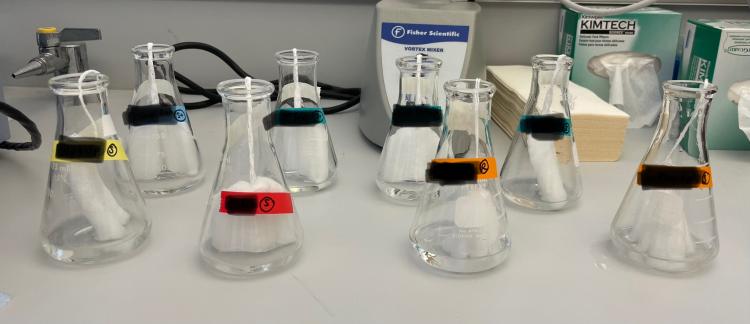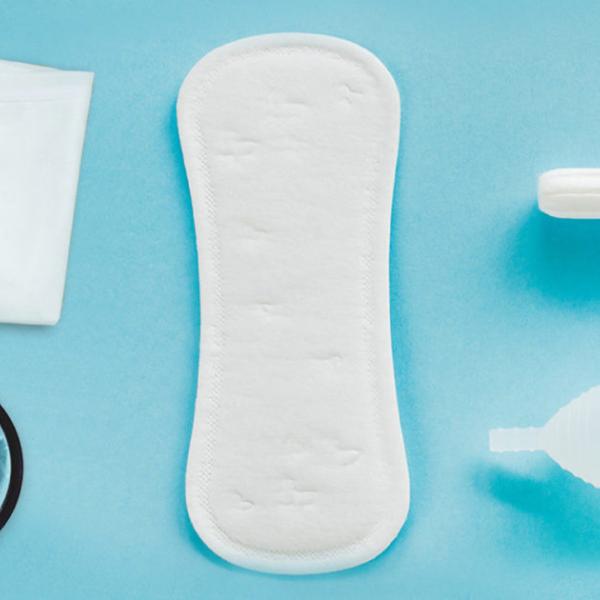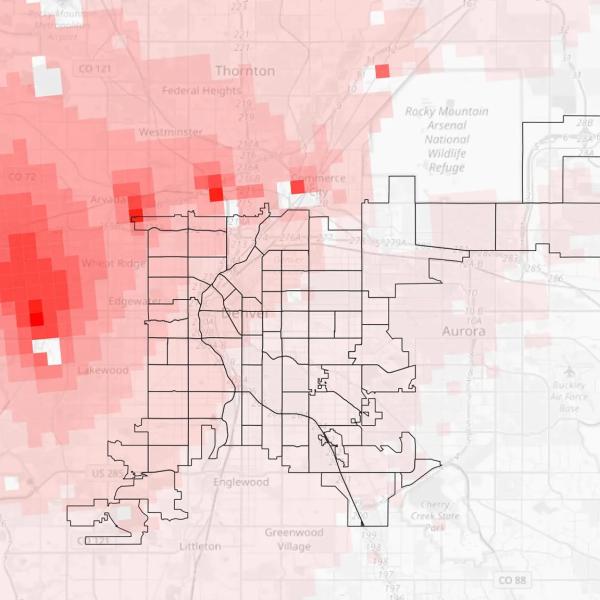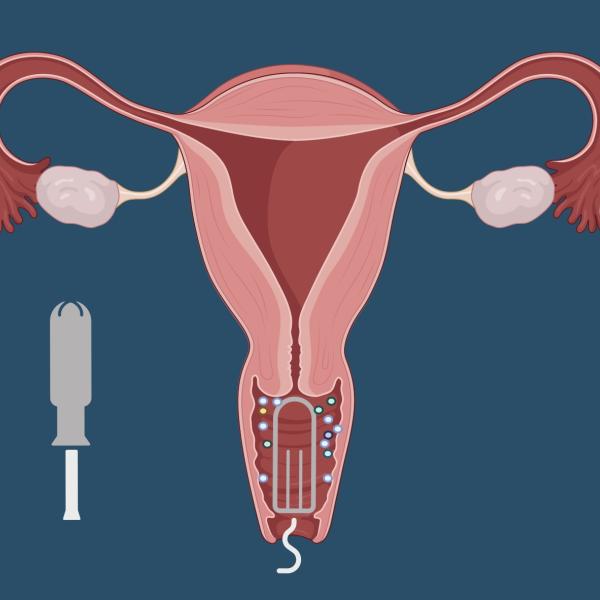Research
Current Research Questions
Current research topics include:
- What chemicals are present in tampons? Can these chemicals get into people’s bodies and impact health?
- Can menstrual blood be used to measure chemical exposure relevant to reproductive system disorders?
- How have Environmental Impact Statements and community engagement influenced air pollution and health outcomes resulting from highway expansion projects?
- How has CO’s Public Protection from Toxic Air Contaminants law changed exposure to air toxics in the Denver metro area?
Publication Spotlight
Tampons as a source of exposure to metal(loid)s
- Shearston JA, Upson K, Gordon M, Do V, Balac O, Nguyen K, Yan B, Kioumourtzoglou MA, Schilling K. (2024). Tampons as a source of exposure to metal(loid)s. Environ Int; 190, 108849. https://doi.org/10.1016/j.envint.2024.108849

Abstract
Background: Between 52–86% of people who menstruate in the United States use tampons—cotton and/or rayon/viscose ‘plugs’—to absorb menstrual blood in the vagina. Tampons may contain metals from agricultural or manufacturing processes, which could be absorbed by the vagina’s highly absorptive tissue, resulting in systemic exposure. To our knowledge, no previous studies have measured metals in tampons. We evaluated the concentrations of 16 metal(loid)s in 30 tampons from 14 tampon brands and 18 product lines and compared the concentrations by tampon characteristics.
Objective: We evaluated the concentrations of 16 metal(loid)s in 30 tampons from 14 tampon brands and 18 product lines and compared the concentrations by tampon characteristics.
Methods: About 0.2 – 0.3 g from each tampon (n = 60 samples) were microwave-acid digested and analyzed by inductively coupled plasma mass spectrometry (ICP-MS) to determine concentrations of arsenic, barium, calcium, cadmium, cobalt, chromium, copper, iron, manganese, mercury, nickel, lead, selenium, strontium, vanadium, and zinc. We compared concentrations by several tampon characteristics (region of purchase, organic material, brand type) using median quantile mixed models.
Publications
For a complete list of publications click here:
- Shearston JA, Upson K, Gordon M, Do V, Balac O, Nguyen K, Yan B, Kioumourtzoglou MA, Schilling K. (2024). Tampons as a source of exposure to metal(loid)s. Environ Int; 190, 108849.
- Shearston JA, Rowland ST, Butt T, Boehme AK, Chillrud SN, Casey JA, Edmondson D, Hilpert M, Kioumourtzoglou MA. (2023). Can Traffic-related Air Pollution Trigger Myocardial Infarction Within a Few Hours of Exposure? Identifying Hourly Hazard Periods. Environ Int; 178.
- Upson K, Shearston JA, Kioumourtzoglou MA. (2022). Menstrual Products as a Source of Environmental Chemical Exposure: A Review from the Epidemiologic Perspective. Curr Environ Health Rep; 9, 38-52.
- Shearston JA, Martinez ME, Nunez Y, Hilpert M. (2021). Social Distancing Fatigue in Manhattan during the COVID-19 Pandemic: Evidence from Real-time Traffic. Sci Tot Environ.
- Shearston JA, Johnson AM, Domingo-Relloso A, Kioumourtzoglou MA, Hernández D, Ross J, Chillrud SN, Hilpert M. (2020). Opening a Large Delivery Service Warehouse in the South Bronx: Impacts on Traffic, Air Pollution, and Noise. Int J Environ Public Health; 17(9). PMCID: PMC7246477
- Shearston JA, Eazor J, Lee L, Vilcassim R, Reed T, Ort D, Weitzman M, Gordon T. (2021). Effects of Electronic Cigarettes and Hookah Water Pipe Use on Home Air Quality. Tob Control.
- Shearston JA, Hilpert M. (2020). Gasoline Vapor Emissions During Vehicle Refueling Events in a Vehicle Fleet Saturated with Onboard Refueling Vapor Recovery Systems: Need for an Exposure Assessment. Front Public Health; 8(18). PMCID: PMC7020915.
- Shearston JA, Lee L, Eazor J, Meherally S, Park SH, Vilcassim MJR, Weitzman M, Gordon T. (2019). Effects of Exposure to Direct and Secondhand Hookah and E-Cigarette Aerosols on Ambient Air Quality and Cardiopulmonary Health in Adults and Children: Protocol For A Panel Study. BMJ Open; 9(6) e029490. PMCID: PMC6597628.
- Shearston JA, Shah K, Cheng E, Moosvi R, Park SH, Patel N, Spielman AI, Weitzman M. (2017). Dental, Dental Hygiene, and Advanced Dental Students’ Use, Knowledge, and Beliefs Regarding Tobacco Products. J Dental Educ. Nov:81(11):1317-1326. PMID: 29093145.





